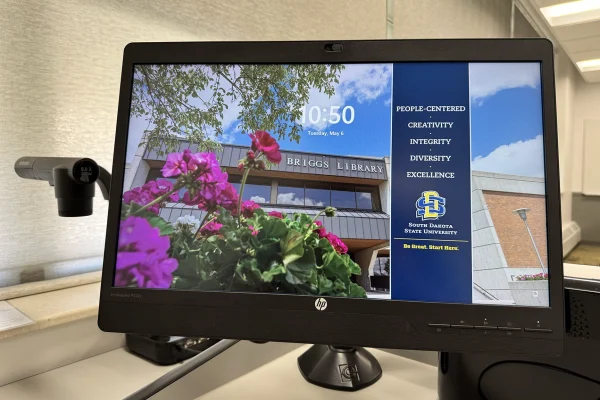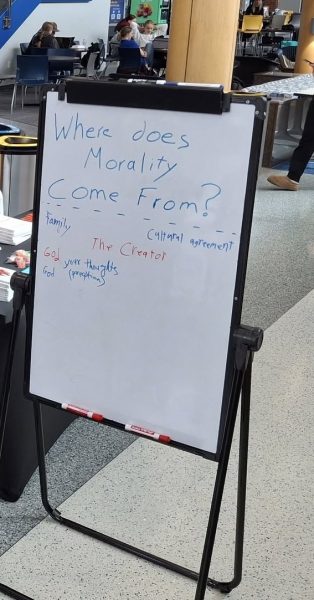BOR requests $14.5 million in additional state funds
August 28, 2012
In August, the Board of Regents agreed on a 2013 budget requesting $14.5 million in additional funds they say could help stem rising student fees.
The BOR is seeking $1.7 million to offset an annual 7.2 percent increase in student fees. State funding for higher education has dropped from 59 to 41 percent since the year 2000. The widening gap between state allocations and a university’s base budget means students are picking up the tab when education costs rise.
According to Janelle Toman, Communications Director for the South Dakota Board of Regents, the budget request is aimed at making the BOR system more competitive for faculty. Currently, 82 percent of each student fee dollar goes to funding faculty salaries
. Universities fund roughly two-thirds of these salaries independent of the legislature.
“If you want to hold down cost, you have to do more than talk about it,” SDSU President David Chicoine said. “This is a big step the Regents have taken that will directly stem the rising costs of education in the future.”
Since 1998, there has been no systematic funding formula for higher education.
The proposal is a multi-pronged effort to increase research in the state, improve faculty salaries and keep tuition and student fees low.
“Over the last decade the state has been falling behind in higher education funding,” Toman said. “This budget is very targeted to specific requests.”
To incentivize universities to create opportunities for students and perform research functions, $3.2 million of the request will be divided among the six public universities based on the number of degrees that are awarded each year, research expenditures and retention. The Regents hope that providing a funding formula for higher education will promote consistent academic improvement and create new opportunities for students.
“Federal research grants have been slashed in the past years and this has hurt research and development in the state,” Toman said. “This won’t make up for that entirely, but it can help solidify state research interests.”
If the proposal is accepted into Daugaard’s budget and passed by the state legislature, Board of Regents Vice President for Administrative Services Monte Kramer said the state stands to benefit beyond its expenditure.
“This budget does a lot for public higher education,” Kramer said “But it also does a lot for the state.”
In fiscal year 2011, the state research expenditure totaled $120,085,363, but was awarded $134,893,278, and this research has created 600 jobs in eleven centers throughout South Dakota. It is estimated that the research creates a $258 million impact on the state’s economy.
Each year a new budget is proposed to the state legislature, but state funding has remained relatively flat for more than a decade. Chicoine said increasing student fees has been necessary to keep SDSU competitive, but hopes the new budget will ease the burden on students.
Even with the increases, South Dakota still lags behind the national average in faculty pay and appropriations. The state is $1640 behind the national average in appropriation per student and in a summer study, the BOR found that salaries would be lagging nationally by 34.4 percent if faculty increases were not paid for. In the past, this meant raising student fees.
“The point of discussion has always been balance,” he said. “What do we need as a university and how we pay for it. In the past students have paid, but this proposal puts more responsibility on the legislature.”
Also included in the budget are measures to keep up with inflation with a proposed $1 million that students pay each year to offset inflation and $2.3 million to maintain the campus facilities and buildings. The BOR has also requested nearly $1 million targeted specifically to agricultural experimentation at SDSU in the areas of human and animal health, energy independence and environmental sustainability.





















